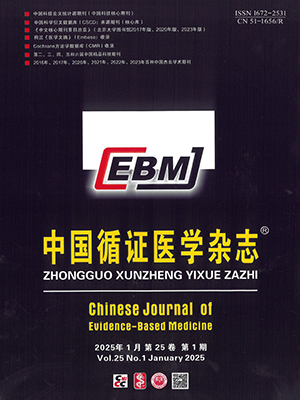Objective To systematically review the effectiveness of amiodarone in treating repurfusion arrhythmia (RA) after thrombolytic therapy for acute myocardial infarction (AMI), so as to provide high quality evidence for formulating the rational thrombolytic therapy for AMI.
Methods Randomized controlled trails (RCTs) on amiodarone in treating RA after thrombolytic therapy for AMI were electronically retrieved in PubMed, EMbase, The Cochrane Library (Issue 3, 2012), CBM, CNKI, VIP and WanFang Data from inception to January, 2013. According to the inclusion and exclusion criteria, two reviewers independently screened literature, extracted data, and assessed quality. Then RevMan 5.1 software was used for meta-analysis.
Results A total of 5 RCTs involving 440 patients were included. The results of meta-analysis suggested that, compared with the blank control, amiodarone reduced the incidence of RA after thrombolytic therapy in treating AMI (RR=0.60, 95%CI 0.48 to 0.74, P lt;0.000 01) and the incidence of ventricular fibrillation (RR=0.47, 95%CI 0.26 to 0.85, P=0.01). It neither affected the recanalization rate of occluded arteries after thrombolytic therapy (RR=1.00, 95%CI 0.88 to 1.15, P=0.94) nor decreased the mortality after surgery (RR=0.33, 95%CI 0.10 to 1.09, P=0.07).
Conclusion Current evidence indicated that, amiodarone can decrease the incidence of RA. Unfortunately, the mortality rate can’t be reduced by amiodarone. Due to the limited quality and quantity of the included studies, more high quality studies are needed to verify the above conclusion
Citation: LV Junyuan,WANG Lei,LI Xi,WANG Lei,XIN Shijie. Amiodarone for Repurfusion Arrhythmia after Thrombolytic Therapy for Acute Myocardial Infarction: A Meta-Analysis. Chinese Journal of Evidence-Based Medicine, 2013, 13(9): 1110-1115. doi: 10.7507/1672-2531.20130190 Copy
Copyright © the editorial department of Chinese Journal of Evidence-Based Medicine of West China Medical Publisher. All rights reserved




